PUFA vs. MUFA: Which is Healthier?
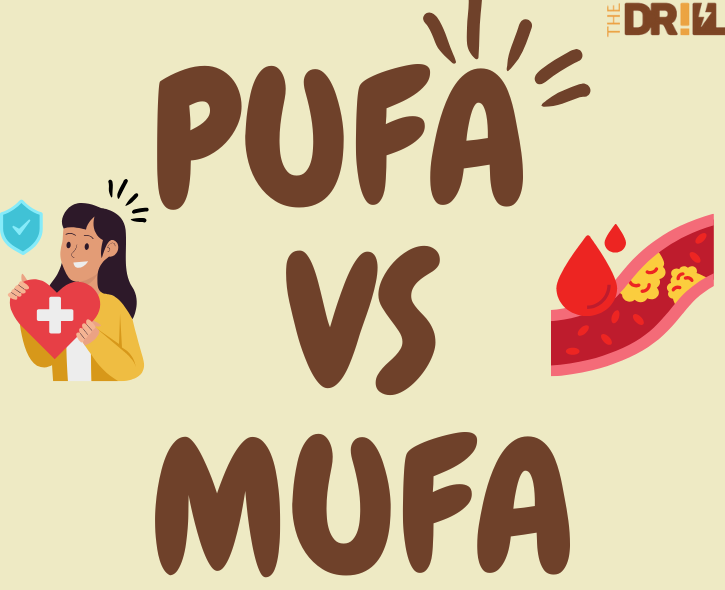
Share
In today’s nutrition world, dietary fats have evolved from being misunderstood to celebrated essentials. But not all fats are created equal—some fats are fantastic fuel, while others might cause harm if consumed excessively. Among the "good" fats, MUFA (monounsaturated fatty acids) and PUFA (polyunsaturated fatty acids) stand out. But what sets these two apart, and is one healthier than the other?
Let’s dive into the science, benefits, and best ways to incorporate these fats into your diet to make smarter choices for a healthier lifestyle.
What Are MUFAs?
MUFA stands for monounsaturated fatty acids. The “mono” part refers to a single double bond in their chemical structure, making them more stable than polyunsaturated fats (PUFAs). This stability offers various health benefits, especially when it comes to cooking.
Key Sources of MUFAs
MUFA-rich foods include:
- Olive oil
- Avocados
- Nuts (like almonds, pecans, and hazelnuts)
- Seeds (pumpkin, sesame)
- Nut butters (almond, peanut butter)
Health Benefits of MUFAs
MUFAs contribute to various health benefits, such as:
- Heart Health: MUFAs help reduce "bad" LDL cholesterol and preserve "good" HDL cholesterol, promoting cardiovascular wellness.
- Anti-Inflammatory Properties: Their anti-inflammatory effects are beneficial for conditions like arthritis and heart disease.
- Blood Sugar Control: MUFAs improve insulin sensitivity, making them beneficial for managing or preventing type 2 diabetes.
The Mediterranean diet, famous for its health benefits, is rich in MUFAs due to olive oil, linking these fats to longevity and heart health.
What Are PUFAs?
PUFA stands for polyunsaturated fatty acids. The “poly” indicates multiple double bonds, making PUFAs less stable than MUFAs. However, PUFAs are essential fats, meaning our bodies can’t produce them, so we must obtain them through our diet.
Types of PUFAs
The two primary types of PUFAs are:
- Omega-3 (alpha-linolenic acid): Found in fatty fish, flaxseeds, chia seeds, and walnuts.
- Omega-6 (linoleic acid): Found in vegetable oils (sunflower, soybean, corn oil), nuts, and seeds.
Health Benefits of PUFAs
PUFAs play vital roles in:
- Brain Health: Omega-3s support cognitive function, mood, and may reduce symptoms of depression.
- Heart Health: Omega-3s lower triglycerides, reduce blood pressure, and support cardiovascular health.
- Inflammation Control: While Omega-3s reduce inflammation, excessive Omega-6 intake may promote inflammation, so balance is essential.
PUFA vs MUFA: Key Differences
| Aspect | MUFA | PUFA |
|---|---|---|
| Stability | More stable (fewer double bonds) | Less stable, prone to oxidation |
| Health Benefits | Heart health, anti-inflammatory | Brain health, heart health, anti-inflammatory (Omega-3s) |
| Common Sources | Olive oil, avocados, nuts | Fatty fish, flaxseeds, vegetable oils |
| Cooking Suitability | High-heat cooking | Best for low-heat or raw applications |
Balancing MUFAs and PUFAs in Your Diet
Both MUFAs and PUFAs provide unique health benefits, so a balance of both is ideal.
Avoid Overloading on Omega-6s
While Omega-6 PUFAs are beneficial in moderation, excessive intake can lead to chronic inflammation, linked to heart disease, arthritis, and more. The typical Western diet is high in Omega-6, mostly from vegetable oils, so aim for a balanced Omega-6 to Omega-3 ratio (1:1 to 4:1) for optimal health.
Include Omega-3-Rich Foods
Omega-3 PUFAs are often lacking in our diets. Including fatty fish, chia seeds, and flaxseeds can help balance Omega-6s and keep inflammation in check.
Use MUFA-Rich Oils for Cooking
MUFAs are more stable for cooking and add excellent flavor. Olive oil is great for moderate heat, while avocado oil works well for high-heat cooking.
So… PUFA vs MUFA: Which Is Healthier?
Both PUFA and MUFA offer distinct health benefits, and a well-balanced diet ideally includes both. Here’s a quick summary:
- MUFA-Dominant Diet: Excellent for heart health, steady energy, and inflammation control. MUFAs are also stable for high-heat cooking.
- PUFA-Dominant Diet: Essential for brain health, mood support, and anti-inflammatory effects, especially Omega-3 PUFAs like those in salmon and chia seeds.
In short: Incorporate MUFAs for cardiovascular health and stable cooking, while including PUFAs—particularly Omega-3s—for cognitive support and inflammation reduction.
How to Incorporate MUFAs and PUFAs in Your Diet
Adding these fats to your meals is simple and enjoyable:
- Breakfast: Add chia seeds (PUFA) to your smoothie, and drizzle avocado oil (MUFA) on your salad.
- Lunch: Use olive oil (MUFA) for salads or cooking, and include walnuts (PUFA) for a brain boost.
- Dinner: Grill salmon (Omega-3 PUFA) and season with sesame seeds (MUFA).
- Snacks: Enjoy almonds (MUFA) or a trail mix with walnuts (PUFA) and dark chocolate.
Conclusion: Choose the Right Fats for a Healthier You
Understanding PUFA vs MUFA empowers you to make more thoughtful dietary choices. By incorporating MUFA-rich foods for heart health and Omega-3 PUFA sources for cognitive support, you can fuel your body, improve mental sharpness, and promote overall well-being.
So next time you reach for a fat source, consider the balance of MUFAs and PUFAs to support both your heart and mind. Apke dil, dimaag, aur health ka full dhyan rakhega!
Explore More
-

Bright Food, Dark Truth: The Hidden World of Artificial Colours
...
-

What is Maida and Why is it Bad?
...
-

How Do You Choose the Right Products for Your Health?
...
-

Why Gyms Won’t Save You from Heart Disease in Your 30s: The Hard Truth You Need to Hear
...
-

Caffeine and You: Finding the Sweet Spot for Your Day
...
-

Why Potato Chips Are Addictive: The Science Behind the Crunch
...
-

Why Protein Deficiency in India Is More Common Than You Think (And How to Fix It)
...
-
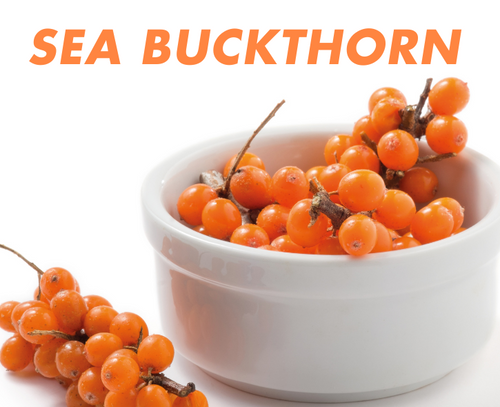
Health Benefits of Sea Buckthorn: The Superberry You Need in Your Diet
...
-

Cold Weather Hacks: How to Stay Healthy During a Mountain Trip
...
-
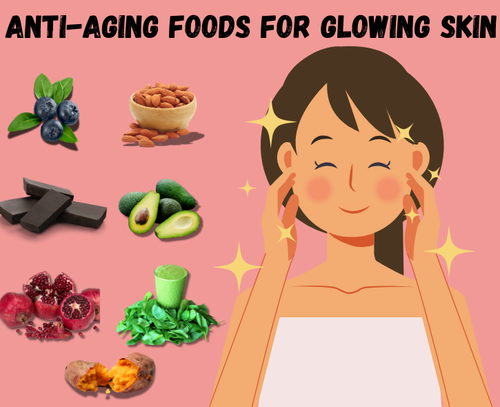
Top 10 Anti-Aging Foods to Keep You Young and Glowing – Bollywood Style
...
-
Introducing Drill Lens: Your AI-Powered Food Rating Tool
...
-
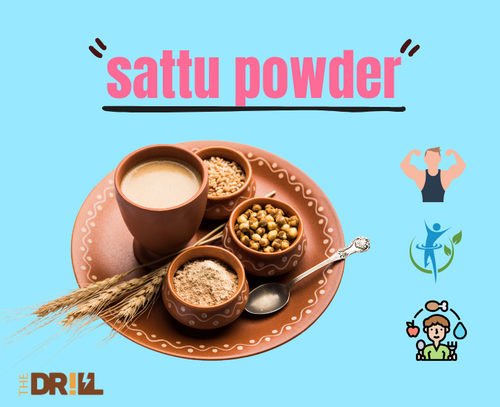
Benefits of drinking sattu everyday
...
-
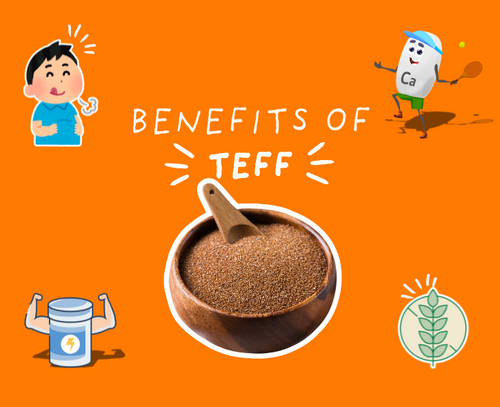
5 Surprising Health Benefits of Teff Grain for Indian Diets
...
-

Can Taurine Cause Side Effects? Here’s What You Need to Know
...
-
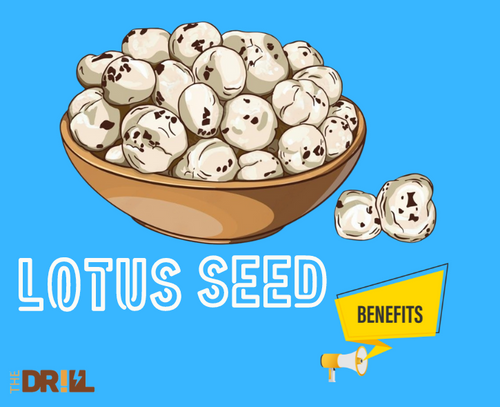
What Are the Health Benefits of Lotus Seeds?
...
-
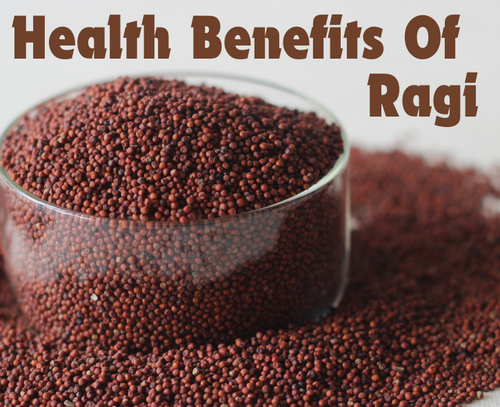
Health Benefits of Ragi for Vegetarians
...
-

How to Use Jackfruit as a Meat Substitute in Indian Cuisine
...
-

Is Defatted Soya Good for Muscle Gain?
...
-
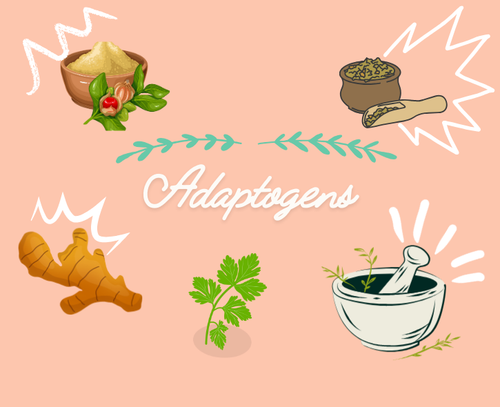
Beginner's Guide to Adaptogens
...
-

The Impact of Glycemic Index on Cravings
...
-

What is Amino Spiking in Whey Protein? A Complete Guide
...
-
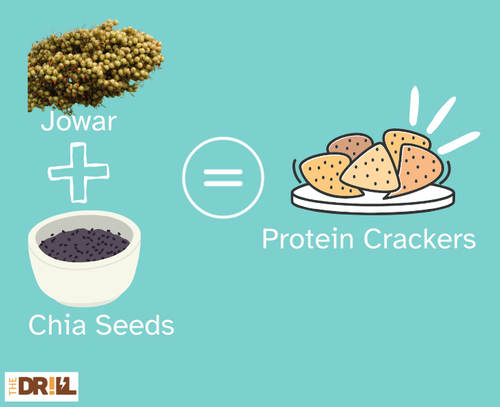
Jowar and Chia Seed Protein Crackers Recipe: A Gluten-Free, High-Protein Snack
...
-
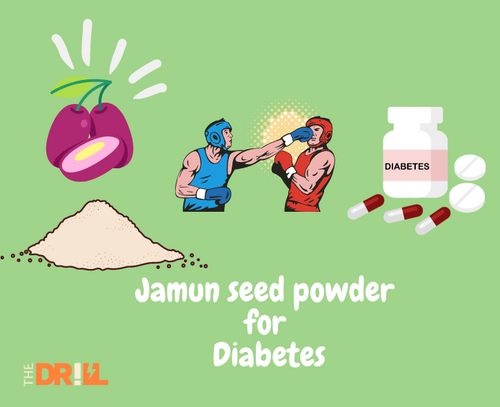
Jamun Seed Powder for Diabetes: Understanding the Benefits and How to Use It
...
-
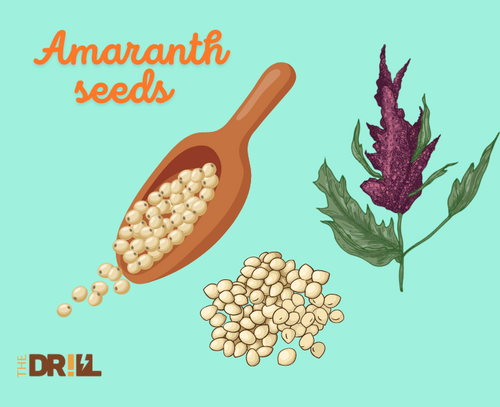
Amaranth Superfood Benefits: Why You Should Add This Ancient Grain to Your Diet
...
-

What Is Fructooligosaccharides (FOS) and Why Should You Care?
...
-
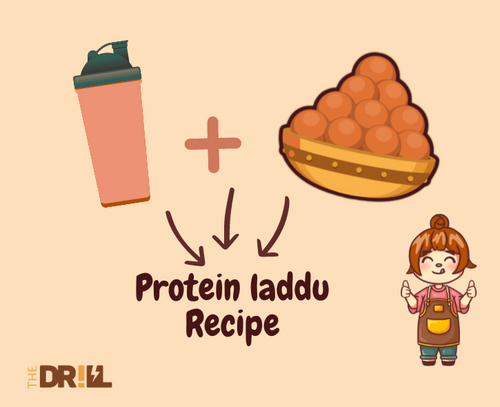
How to Make Protein Laddu at Home: A Nutritious Indian Snack
...

























